Somos una red amplia y diversa de socios y aliados, que desde 1986 ha contribuido a comprender las transformaciones rurales y formular mejores estrategias para lograr un desarrollo territorial equitativo en América Latina.
Nuestras Áreas Temáticas
Dónde Trabajamos
Conoce los principales proyectos en que estamos trabajando actualmente. En nuestros 37 años de experiencia hemos desarrollado iniciativas en más de 15 países de América Latina.
Tenemos oficinas en Chile, Colombia y Ecuador.
Haz click en el mapa para ver lo que estamos haciendo en cada país.
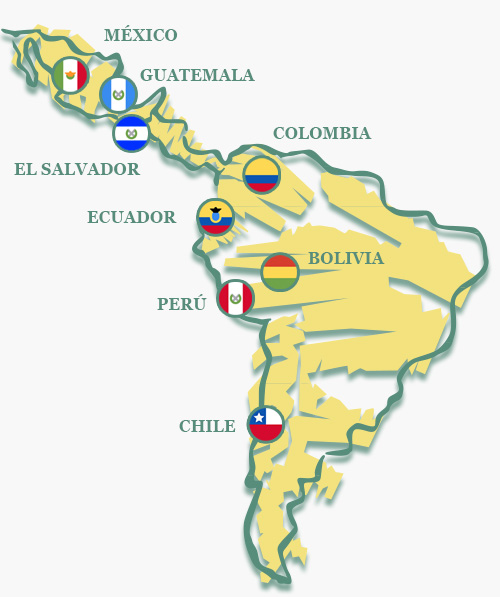
Proyectos Destacados
Rimisp en números
Países en los que hemos trabajado
+
0
Aliados y socios
+
0
Años de trayectoria
0
Estudiantes en cursos y diplomados
+
500
Documentos de trabajo publicados
100
Oficinas Rimisp en Latinoamérica
0
Últimas publicaciones
Fortalecimiento de Capacidades del Ciclo de la Gestión Pública Municipal en siete Municipios del Departamento de Caquetá y Meta
26/03/2024
Noticias
Donantes - Colaboradores y Socios de Rimisp
- Organismos Internacionales
- Instituciones Públicas
- Organizaciones y Universidades
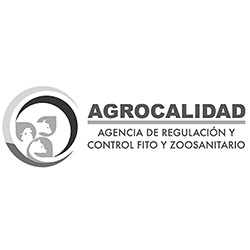
Agrocalidad
Ecuador

Alcaldía de Florencia, Caquetá
Colombia
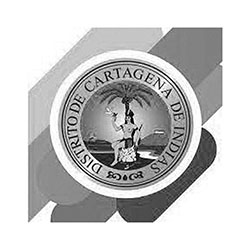
Alcaldía de Cartagena
Colombia

Departamento Nacional de Planeación
Colombia
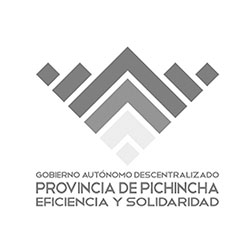
Gobierno Autónomo Descentralizado de la Provincia de Pichincha
Ecuador
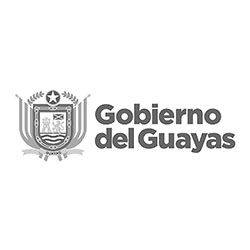
Gobierno Autónomo Descentralizado de la Provincia del Guayas
Ecuador

Gobernación de Huila
Colombia

Gobernación de Nariño
Colombia
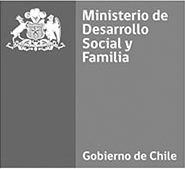
Ministerio de Desarrollo Social y Familia (Chile)
Chile
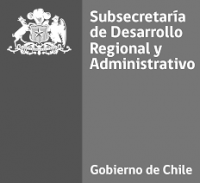
Subdere
Chile
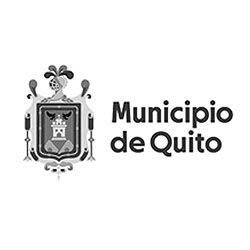
Municipio del Distrito Metropolitano de Quito
Ecuador

Oficina de Estudios y Políticas Agrarias - Odepa. Ministerio de Agricultura
Chile
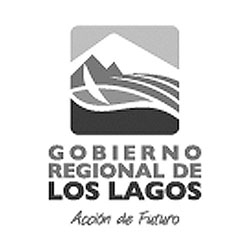
Gobierno Regional de Los Lagos
Chile

Alcaldía d San Andrés de Tumaco
Colombia

IDRC

USAID
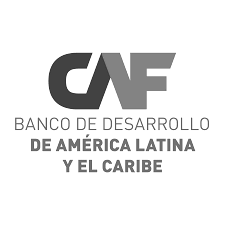
CAF

Ford Foundation

Gates Foundation

FIDA

GIZ
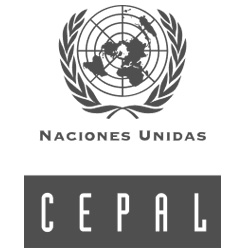
Cepal
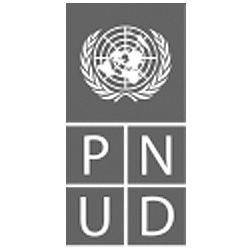
PNUD

Cedepas Norte
Perú

Cesder
México

Colombia Rural
Colombia

Fundación Ideas para la Paz
Colombia

Grade
Perú

Instituto de Estudios Peruanos - IEP
Perú

CISEPA - PUCP

Prisma
El Salvador
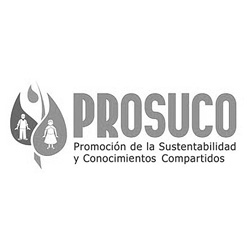
Prosuco
Bolivia

Sank
Guatemala

Universidad Iberoamericana
México

Universidad de los Andes
Colombia

UrbanPro
Colombia
Síguenos en Instagram
Suscríbete
Nuestras oficinas:

- Chile: Huelén 10. Providencia, Santiago, Región Metropolitana. (+56-2) 2236 4557 | Fax (+56-2) 2236 4558.

- Ecuador: Checoslovaquia E9-95 entre Suiza y Moscú. Edificio Eveliza Plaza. Planta Baja. Quito. (+593-2) 5150144.

- Colombia: Carrera 9 No 72-61 Oficina 303. Bogotá. +( 57) +(601) 2073850





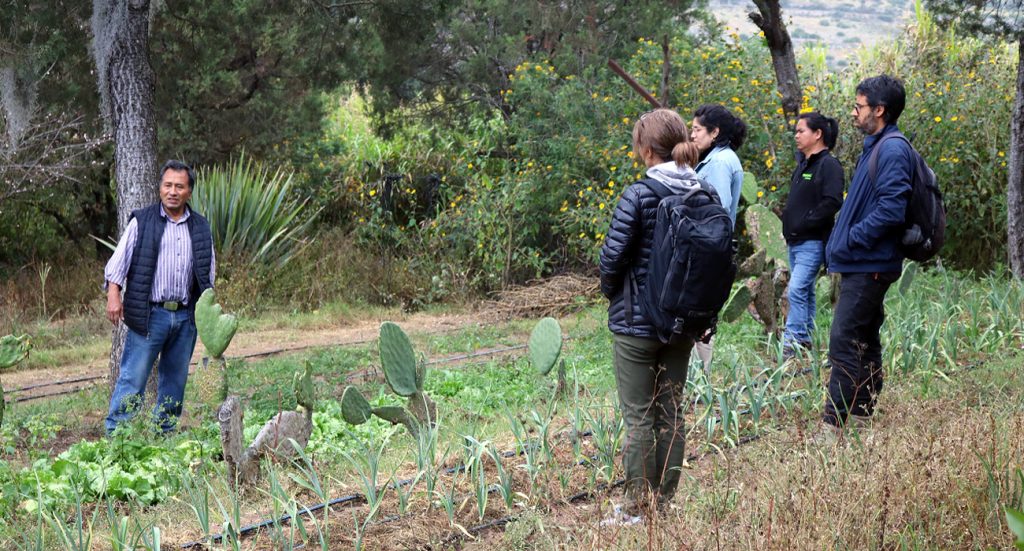
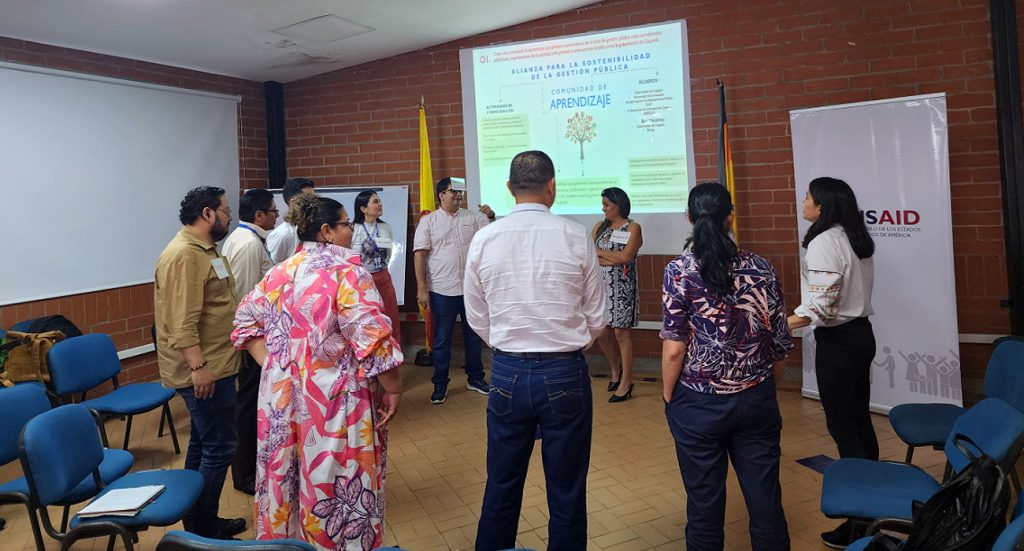
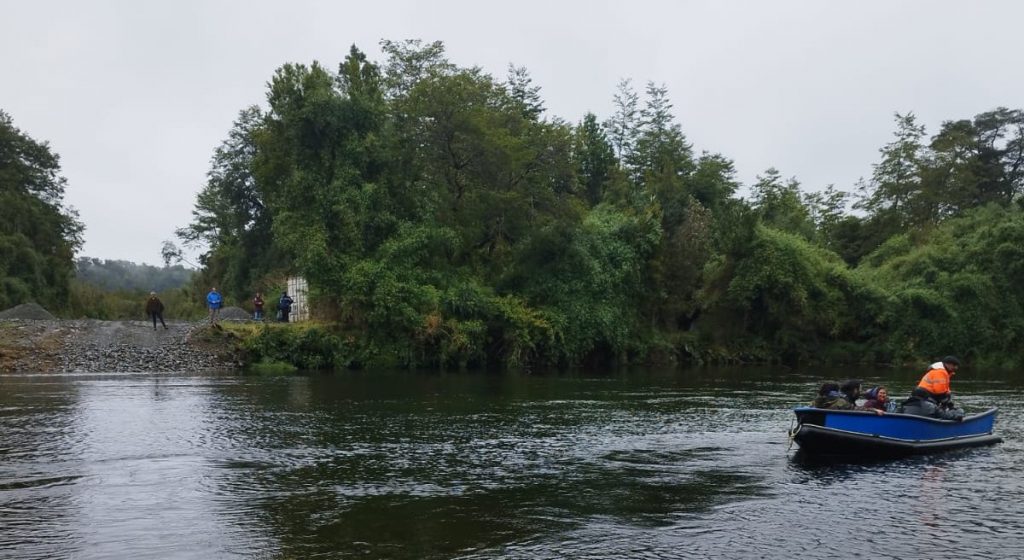
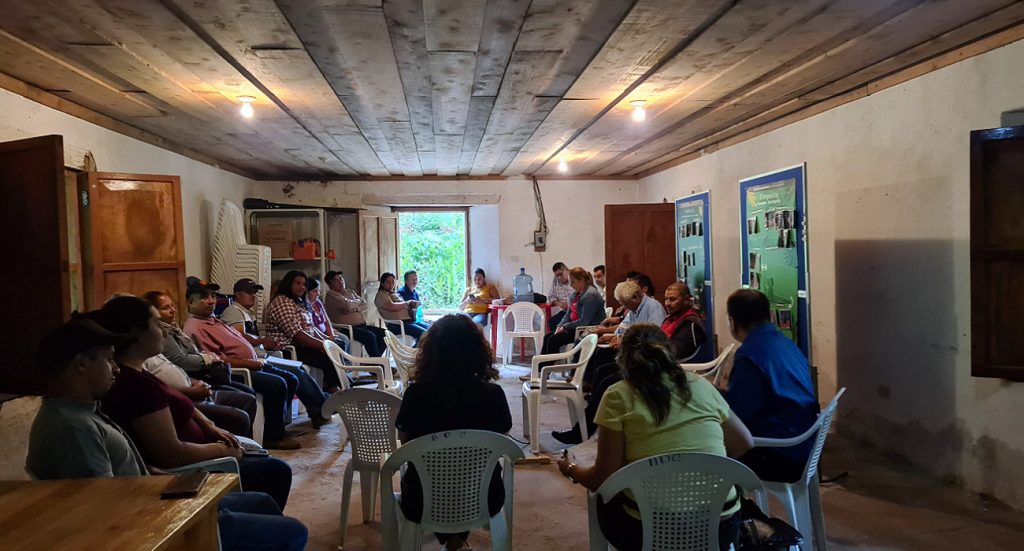




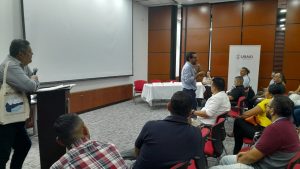
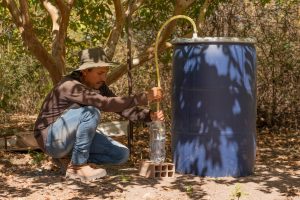
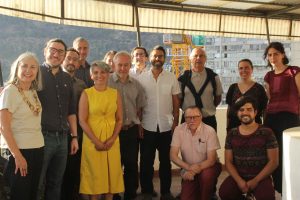











![🇨🇱 📸[Fotos]| En el contexto del proyecto ''Desarrollo de las capacidades de gestión de los Gores en Chile'' estas semanas estuvimos en las regiones de La Araucanía, Los Ríos, de Aysén del General Carlos Ibáñez del Campo y Magallanes y de la Antártica Chilena. ➡️ Realizamos talleres junto a funcionarios/as de los Gobiernos Regionales (@gorearaucania,…](https://scontent.cdninstagram.com/v/t39.30808-6/430673357_821293176705316_4807698174880525441_n.jpg?_nc_cat=108&ccb=1-7&_nc_sid=18de74&_nc_ohc=4kIcXlgMbZkAb4OB809&_nc_ht=scontent.cdninstagram.com&edm=ANo9K5cEAAAA&oh=00_AfACNGMz4_IPJhcUUGxo19ObBpGDKkgjBv6cPgN6b37HGw&oe=6627EAEF)